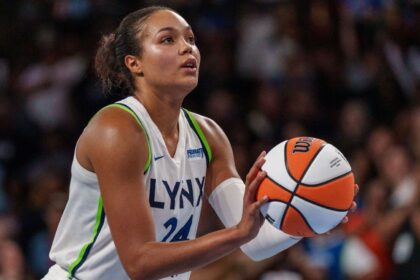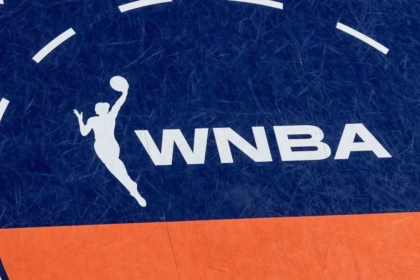WNBA CBA Negotiations: Are They Close to a Deal?
A year ago, the WNBA Players Association announced its intention to terminate the current collective bargaining agreement (CBA), set to expire after the 2025 season. WNBPA President Nneka Ogwumike described this decision as a “defining moment” for the league and for those who believe in progress. The players are seeking a new economic model based on equity, prioritizing greater participation in the revenue generated. Despite this initial announcement, the possibility of a new agreement before the deadline of October 31, 2024, seems uncertain. Erin Drake, legal counsel for the WNBPA, expressed her lack of confidence in this regard. Tensions have since increased, with the players expressing frustration at the slow pace of negotiations.Although it’s not time to panic, as both sides could agree to an extension to continue negotiations, the current situation raises important questions about the future of the league.The players are very clear and focused on what they are fighting for.
Terri Jackson, Executive Director of the WNBPA
When negotiations between the league and the WNBPA take place, various actors participate, and it’s not always the same people at each meeting. WNBA and NBA staff, along with their external advisors, represent the league, with WNBA commissioner Cathy Engelbert attending all substantial meetings. On the union’s side, WNBPA staff and external advisors primarily participate, although advisors and player leaders could also attend.
The CBA committee of the players is usually made up of at least 33 players, including representatives from each team and members of the executive committee. The league has its own group, the labor relations committee, made up of team owners and executives. The first conversations about the new CBA began in December, followed by an in-person meeting during All-Star weekend in July. Since then, the WNBPA has met with player leaders frequently, and both sides have held regular conversations, although the scope and participants have varied. The main point of disagreement in the negotiations lies in how salaries are determined. The WNBPA advocates for a system that increases the percentage of revenue allocated to salaries as the business grows. On the other hand, the league proposes a salary cap that increases at a fixed rate over time, similar to the current model. WNBA Commissioner Adam Silver suggested that salary growth will be measured in terms of absolute figures rather than revenue sharing, which drew reactions from the WNBPA. The WNBA has experienced record growth in recent years, with an increase in attendance, viewership, merchandise sales, and franchise valuations. However, Engelbert emphasized the importance of balancing the increase in player salaries with the long-term viability of the league, especially considering the planned expansion to 18 teams. With the deadline of the current CBA approaching, uncertainty persists. If an agreement is not reached, an extension is likely to be agreed upon to allow more negotiation time, as happened in the past. However, this year, the extension poses additional challenges due to the incorporation of two new franchises, Toronto and Portland, and the upcoming expansion draft. The lack of rules and guidelines for the expansion draft has generated concern among the teams, especially considering that the Golden State Valkyries’ draft was held before the parameters of the new CBA were established. If an extension to the CBA negotiations is agreed upon, the expansion draft is expected to take place as soon as possible after the implementation of the new agreement. However, the lack of a defined schedule makes it difficult to plan for the new franchises.






